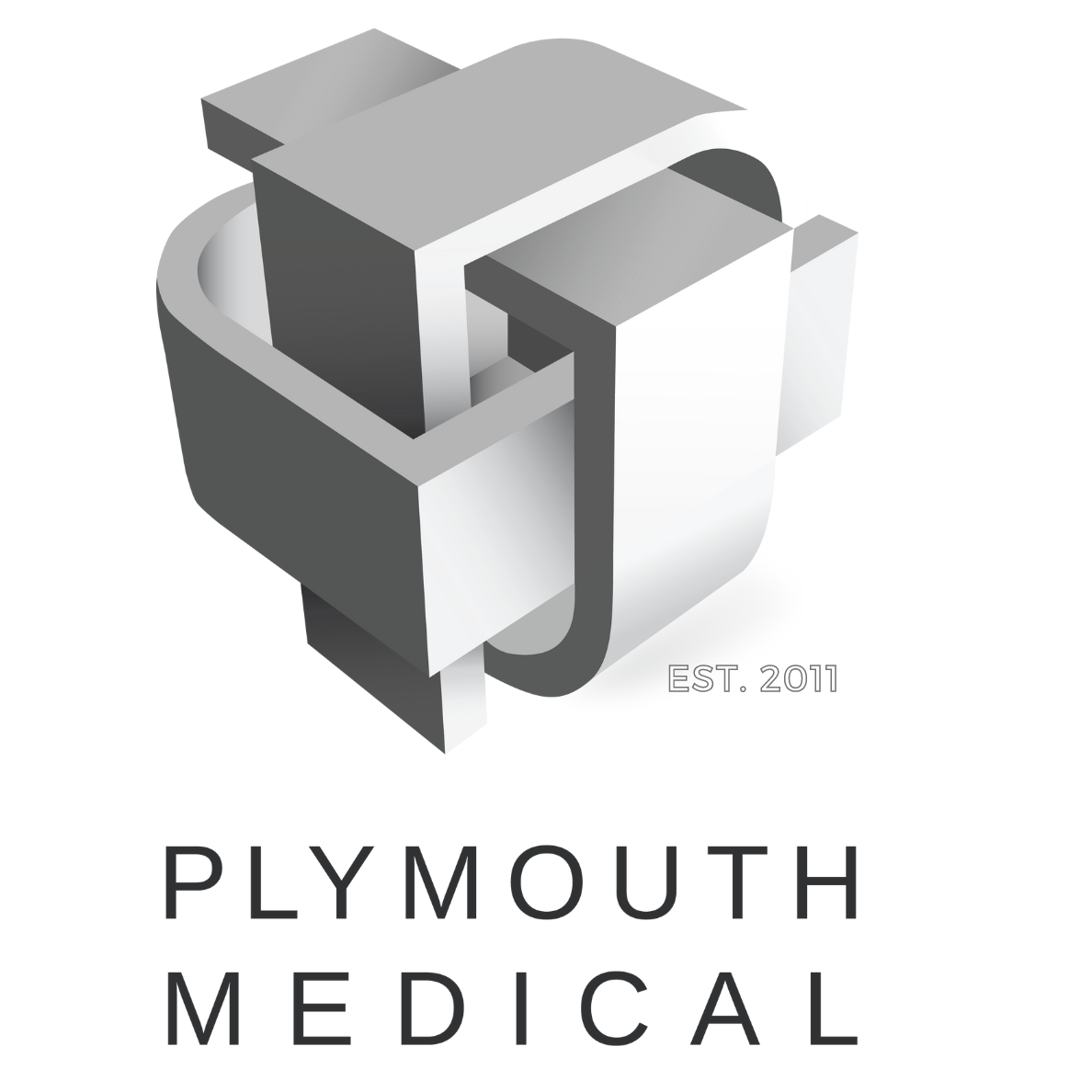WHICH ANTICOAGULANT IS BEST FOR PRP?
When choosing an anticoagulant for homebrew PRP formulations, consider the following:
Platelet-Rich Plasma (PRP) is an autologous blood-derived product in which platelets are concentrated to at least five times whole blood concentrations to achieve therapeutic benefits.
These benefits are based mainly on the growth factors present in the platelet’s alpha granules:
TGF-β- Transforming Growth Factor
VEGF – Vascular Endothelial Growth Factor
PDGF – Platelet-Derived Growth Factor
The healing potentials of the above are shown to:
Stimulate cell proliferation
Increase extracellular matrix synthesis
Promote vascular ingrowth
Reduce catabolic matrix-degrading cytokines (such as interleukins and matrix metalloproteinases)
When blood is drawn without the use of an anticoagulant, air and agitation to the blood collection vessel will trigger the hemostasis cascade, resulting in a clot. In this case, it is still possible to isolate serum but without increasing platelet concentration in the final product (which is needed to attain platelet alpha granules and therefore therapeutic benefits.)
When choosing an anticoagulant, consider that platelets must remain intact during the centrifugation and concentrating process.
When choosing an anticoagulant, consider that platelets must remain intact during the centrifugation and concentrating process.
Common anticoagulants used in PRP processes are:
Ethylenediaminetetraacetic acid (EDTA)
Anticoagulant (or Acid) Citrate Dextrose Solution A (ACD-A)
Sodium Citrate (SC)
These anticoagulants all work by a similar mechanism – binding free calcium ions in the extracellular matrix. Free, ionized calcium (iCa) is the physiologically active form of calcium, necessary for biological reactions, including hemostasis (clotting). Also known as factor IV in the clotting cascade, iCa serves as a cofactor for phospholipid-dependent assemblies of tenase and prothrombinase complexes.
In a 2006 study published in Stem Cells International, a Brazilian research team concluded that PRP obtained using sodium citrate as the anticoagulant resulted in:
Higher platelet recovery than EDTA and ACD-A after the first centrifugation step
EDTA resulted in higher platelet yield in whole blood but a marked increase in Mean Platelet Volume (MPV, or the average size of platelets in a blood sample) after centrifugation. This indicates platelet morphology damage, interfering with the therapeutic benefits of platelet alpha granules.
Other facts that may impact your anticoagulant choice:
EDTA strongly and irreversibly chelates iCa leading to higher initial platelet counts. However, it will swell and disintegrate platelets before treatment and also shrink red and white blood cells, leading to misleadingly high platelet counts
In healthy individuals, citrate-based anticoagulants are quickly and easily metabolized in the kidney, liver, and skeletal muscle mitochondria. during the Krebs’ Tricarboxylic Acid cycle, releasing bound calcium
Treatments obtained using sodium citrate must be used within 4 hours of collection as platelet degradation occurs after this time
Please click here to be linked to supporting evidence in the Plymouth Medical Research Library
Works Cited
Amaral, R. J., da Silva, N., Haddad, N. F., Lopes, L. S., Ferreira, F. D., Filho, R. B., . . . Balduino, A. (2016). Platelet-Rich Plasma Obtained with Different Anticoagulants and Their Effect on Platelet Numbers and Mesenchymal Stromal Cells Behavior in Vitro. Stem Cells International.
12/2019


